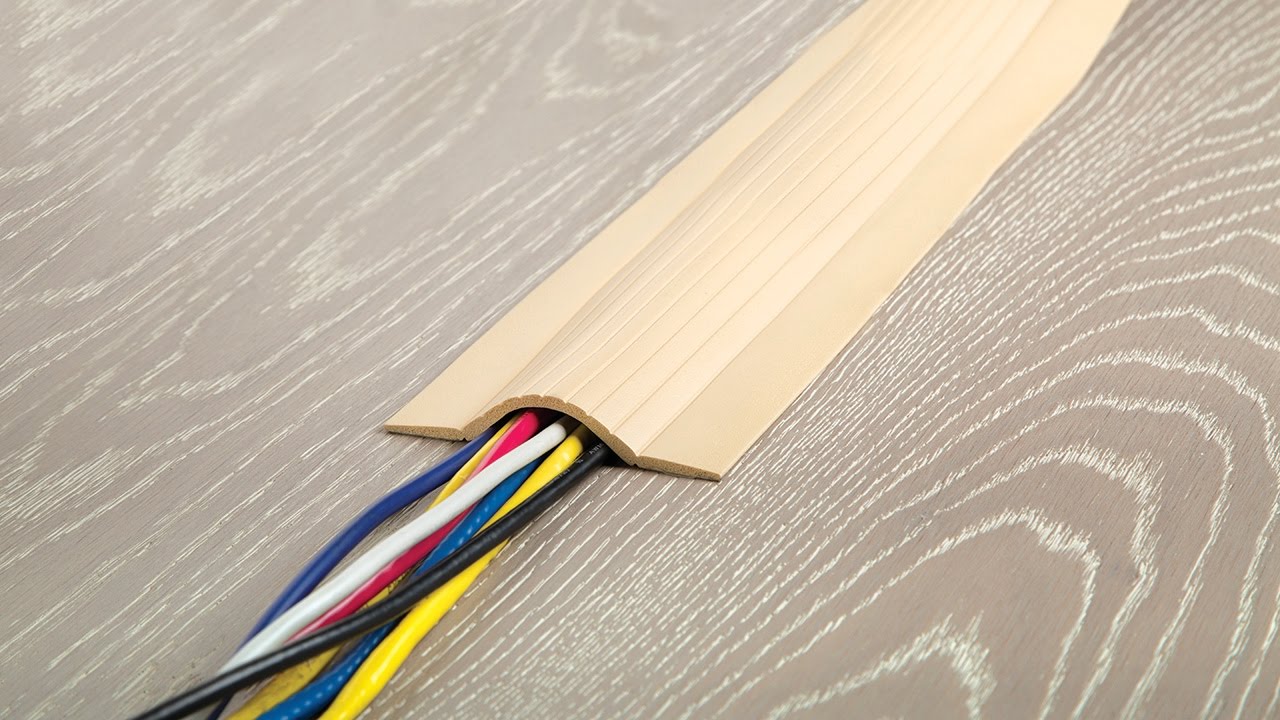

Articles
How To Hide Cords On Floor
Modified: March 1, 2024
Learn how to hide cords on the floor with these helpful articles. Get tips and tricks for a clean and organized space.
(Many of the links in this article redirect to a specific reviewed product. Your purchase of these products through affiliate links helps to generate commission for Storables.com, at no extra cost. Learn more)
Introduction
Having cords strewn across the floor can not only be an eyesore, but it can also pose a tripping hazard and contribute to a cluttered space. Whether it’s in your living room, office, or entertainment area, finding effective ways to hide cords on the floor is essential for maintaining a tidy and safe environment.
In this comprehensive guide, we’ll explore various cord management solutions that will help you keep those unsightly cords out of sight. From simple cord covers to advanced underfloor cord management systems, you’ll discover a range of methods that suit your needs and preferences.
So, if you’re tired of constantly tripping over cords and want to create a clean and organized space, join us as we delve into the world of cord hiding solutions. Let’s get started!
Key Takeaways:
- Choose the right cord management solution based on the number and types of cords you need to conceal, the length of the cords, and the appearance and aesthetic that best fits your space.
- Incorporate cord-disguising techniques such as hiding cords behind furniture, using decorative elements, and matching colors to seamlessly integrate cords into your existing decor and create a visually appealing environment.
Read more: How To Hide Lamp Cords On The Floor
Choosing the Right Cord Management Solutions
When it comes to hiding cords on the floor, it’s important to choose the right cord management solution that suits your specific needs. There are several factors to consider when making your selection:
- Number and Types of Cords: Take stock of the number and types of cords you need to conceal. Are they power cords, HDMI cables, or Ethernet cables? This will help you determine the appropriate solution for organizing and hiding them.
- Length of Cords: Consider the length of your cords and whether you need flexibility in terms of extending or rearranging them. Some cord management solutions allow for easy customization and adjustment, while others may require more permanent installations.
- Appearance and Aesthetic: Think about the overall look and feel of your space. Do you want a solution that seamlessly blends in with your decor, or are you open to more industrial or decorative options?
- Installation and Accessibility: Assess how easily you can install and access the cords if needed. Some solutions may require drilling holes or using adhesive strips, while others offer easy snap-on or snap-off options.
By considering these factors, you can narrow down the options and choose the cord management solution that best fits your specific requirements. Whether you prefer a temporary solution or a more permanent installation, there is a wide range of options available to meet your needs.
Preparing Your Floor for Cord Hiding
Before you start hiding cords on your floor, it’s important to properly prepare the surface to ensure a clean and secure installation. Here are some steps to follow:
- Clean the Floor: Start by thoroughly cleaning the floor surface where the cords will be hidden. Remove any dust, debris, or obstacles that could affect the adhesion or installation of the cord management solution.
- Measure and Plan: Use a measuring tape to determine the length and layout of the cords. Consider the starting and ending points, as well as any turns or corners you may need to accommodate.
- Choose an Accessible Location: Decide on the best location for accessing the cords, such as near a power outlet or equipment. This will make it easier to plug and unplug devices without having to move furniture or disrupt the flow of the room.
- Consider Floor Type: Take into account the type of flooring you have. Different solutions may be suitable for carpeted floors, hardwood floors, or tile floors. Make sure to choose a solution that is compatible with your specific flooring material.
- Prepare for Permanent Installations: If you are opting for a more permanent cord management solution, such as cable raceways or underfloor systems, you may need to prepare the floor by drilling holes or creating channels. Ensure you have the necessary tools and follow the manufacturer’s instructions for installation.
By taking these steps to prepare your floor, you will have a clean and well-organized surface ready for the cord management solution of your choice. Proper preparation ensures a smoother installation process and enhances the overall effectiveness of hiding cords on your floor.
Concealing Cords with Cord Covers
Cord covers are a popular and simple solution for hiding cords on the floor. These covers are typically made of durable materials, such as plastic or rubber, and are designed to encase the cords and protect them from damage while providing a neat and organized appearance.
Here’s how you can effectively conceal cords using cord covers:
- Choose the Right Cord Cover: Cord covers come in various sizes, shapes, and colors. Select a cord cover that aligns with your aesthetic preferences and can accommodate the thickness of your cords.
- Measure and Cut: Before installing the cord cover, measure the length of the cords to determine the appropriate size needed. Most cord covers can be easily cut to the desired length using a utility knife or scissors.
- Position the Cord Cover: Place the cord cover on the floor in the desired location, ensuring it is aligned with the cords. You can use adhesive strips or double-sided tape to secure the cord cover to the floor and prevent it from shifting or moving.
- Feed the Cords: Insert the cords into the cord cover, making sure they are properly positioned and organized within the cover. For multiple cords, it helps to use cable ties or clips to bundle them together before feeding them into the cover.
- Hide the Cord Cover: Once the cords are in place, gently press down on the cord cover to ensure it is securely attached to the floor. You can use a soft mallet or your hands to ensure a snug fit.
Cord covers are a versatile option that can be used in various environments, including home offices, living rooms, and entertainment areas. They provide a clean and streamlined look while effectively hiding cords and reducing tripping hazards.
Remember to regularly inspect and maintain the cord covers to ensure they remain securely in place and free from any damage. Replace the covers if they become worn or damaged over time.
With cord covers, you can easily and affordably hide cords on the floor, creating a safer and more visually appealing space.
Using Cable Raceways
If you’re looking for a more robust and professional-looking solution to hide cords on the floor, cable raceways are an excellent option. Cable raceways are long, narrow channels that provide a dedicated pathway for your cords while keeping them neatly organized and out of sight.
Here’s how you can effectively use cable raceways to conceal cords:
- Select the Right Raceway: Cable raceways come in various sizes and materials, such as PVC or metal. Choose a raceway that can accommodate the number and thickness of your cords, and also matches the aesthetics of your space.
- Measure and Cut: Measure the length of the raceway required to cover the cords from the starting point to the desired endpoint. Use a saw or a utility knife to cut the raceway to the appropriate length.
- Prepare the Floor: Clean the floor where the raceway will be installed to ensure proper adhesion. Remove any dust, debris, or obstacles that could affect the installation process.
- Attach the Raceway: In most cases, cable raceways come with adhesive backing for easy installation. Peel off the protective backing, align the raceway with the cords, and press it firmly onto the floor to ensure a secure attachment.
- Feed the Cords: Insert the cords into the raceway, making sure they are organized and positioned properly. Use cable ties or clips to bundle and secure the cords within the raceway, preventing them from becoming entangled.
- Maintain and Conceal: Once the cords are inside the raceway, use the included cover to conceal and protect them. The cover typically snaps onto the raceway and provides a finished appearance while keeping the cords hidden.
Cable raceways not only hide cords effectively but also offer the added benefit of protecting them from potential damage caused by foot traffic or furniture movement. They provide a clean and professional-looking solution that is ideal for home offices, conference rooms, or any other space where cords need to be hidden.
Remember to periodically check the raceway and cords for any signs of wear or damage. If you need to add or remove cords, simply remove the raceway cover, make the necessary adjustments, and then reattach the cover.
With cable raceways, you can achieve a sleek and organized look while ensuring the safety and longevity of your cords.
Use cord covers or cable management sleeves to conceal cords on the floor. These products are designed to keep cords organized and hidden, creating a neater and safer space.
Read more: How To Hide An Extension Cord
Utilizing Cord Clips and Holders
For a simple and affordable solution to hide cords on the floor, cord clips and holders are an excellent choice. These small but effective accessories help keep cords neatly organized and secured to various surfaces, preventing them from becoming a tangled mess and reducing the risk of tripping hazards.
Here’s how you can effectively utilize cord clips and holders to conceal cords:
- Assess Cord Types: Determine the types of cords you need to manage. Cord clips and holders are available in various sizes and styles to accommodate different cord thicknesses and types, such as power cords, audio cables, or USB cords.
- Choose the Right Clips and Holders: Select cord clips or holders that are suitable for your specific needs. They come in a variety of options, including adhesive-backed clips, adjustable hooks, or cable management sleeves.
- Plan Placement: Identify the areas where you want to secure and hide the cords. Popular locations include the edges of desks, walls, or baseboards. Make sure the placement doesn’t interfere with foot traffic or furniture movement.
- Prepare Surfaces: Clean the surfaces where you’ll be attaching the cord clips or holders. Remove any dust, debris, or residue that could affect the adhesion or placement.
- Attach the Clips or Holders: Peel off the adhesive backing and firmly press the cord clips or holders onto the desired surface. Ensure that they’re securely attached and able to withstand the weight of the cords.
- Organize the Cords: Insert the cords into the clips or holders, making sure they are routed in an organized manner. Use cable ties or Velcro straps to further secure and bundle the cords if needed.
Cord clips and holders offer a versatile and flexible solution for hiding cords on the floor. They are easily adjustable, allowing you to add or remove cords as needed. Additionally, they can be repositioned or removed without leaving residue or damage on surfaces.
Regularly check the cord clips and holders to ensure they remain securely attached and free from any wear or damage. Replace them if needed to maintain the effectiveness of your cord management system.
With cord clips and holders, you can achieve a tidy and clutter-free floor while keeping your cords organized and out of sight.
Installing Underfloor Cord Management Systems
If you’re looking for a more advanced and seamless solution to hide cords on the floor, underfloor cord management systems are a great option. These systems allow you to conceal cords beneath the floor surface, providing a clean and uncluttered appearance while maintaining easy access to your cables.
Here’s how you can effectively install underfloor cord management systems:
- Select the Right System: There are various types of underfloor cord management systems available, such as wire channels or in-floor raceways. Choose a system that suits your flooring type and supports the number and types of cords you need to conceal.
- Plan the Installation: Identify the area where you want to install the underfloor system. Consider the location of power outlets or equipment that will require cord access. Measure the length and route of the cords to determine the best placement for the system.
- Prepare the Floor: Clear the floor area of any obstacles or debris. If necessary, use a drill or adhesive to create access points or secure the underfloor system in place.
- Install the System: Follow the manufacturer’s instructions to install the underfloor cord management system. This typically involves securing the channels or raceways to the floor and routing the cords through them. Ensure that the system is securely attached and properly aligned.
- Manage the Cords: Organize the cords within the underfloor system, ensuring they are properly positioned and bundled. Use cable ties or clips to secure and label the cords for easier identification in the future.
- Reinstate the Floor: Once the cords are concealed, restore the floor surface to its original condition. Depending on the type of underfloor system used, this may involve replacing floor tiles, covering channels with floor vents, or applying a finishing touch to ensure a seamless appearance.
Underfloor cord management systems offer a discreet and professional solution for hiding cords on the floor. They eliminate tripping hazards and keep your space looking clean and organized.
Regularly inspect the underfloor system to ensure it remains secure and free from any damage or blockage. Remove and reinstall cords as needed, making sure to maintain the overall integrity of the system.
With underfloor cord management systems, you can achieve a sleek and clutter-free floor while seamlessly hiding your cords.
Incorporating Cord-Disguising Techniques
In addition to using cord management solutions, there are various techniques you can incorporate to further disguise cords and create a seamless look in your space. These techniques help blend the cords with the surrounding environment, making them less noticeable and enhancing the overall aesthetic appeal.
Here are some cord-disguising techniques you can employ:
- Cord Hiding Behind Furniture: Strategically place furniture, such as bookshelves, cabinets, or sofas, against walls or baseboards to create natural barriers that hide cords. Use cable clips or ties to keep the cords neatly secured and out of sight.
- Cord Concealment with Decorative Elements: Use decorative elements, such as wall art, curtains, or plants, to visually conceal cords. Arrange these elements in a way that creates a natural barrier and camouflages the cords behind them.
- Cord Covers in Matching Colors: If you’re using cord covers, choose ones that match the color of your flooring or walls. This helps them blend seamlessly with the surroundings and makes the cords less obvious.
- Paint or Stain Cord Covers: Customize cord covers by painting or staining them to match the color of your floor or furniture. This allows the covers to blend in even more, making the cords virtually invisible.
- Use Rug or Carpet Runners: Place rugs or carpet runners strategically to cover cord pathways across the floor. This not only disguises the cords but also adds an element of style to your space.
- Wire Tucking: For cords that run along walls or baseboards, use wire tucks or cable raceways that can be painted or covered with wallpaper to seamlessly blend with the existing décor.
By incorporating these cord-disguising techniques, you can effectively hide cords on the floor while maintaining a visually pleasing environment. Experiment with different options to find the best combination that works for your space.
Remember to periodically inspect and adjust the cord-disguising elements to ensure they remain secure and properly aligned. Make any necessary adjustments as you rearrange furniture or reposition decorative elements.
With these techniques, you can transform the appearance of your space while successfully keeping cords out of sight.
Maintaining and Organizing Hidden Cords
Once you have successfully hidden cords on the floor using various cord management solutions and disguising techniques, it’s important to maintain their organization to ensure a clean and clutter-free environment. Here are some tips for maintaining and organizing your hidden cords:
- Regular Inspection: Periodically check the cord management solutions and disguising elements to ensure they remain securely in place. Look for any signs of wear, damage, or loose cords that may need to be repositioned or replaced.
- Cable Labeling: Labeling your cords can significantly improve organization and ease of identification. Use cable tags, ties, or labels to mark each cord’s purpose or destination. This makes it easier to locate specific cords when needed.
- Cord Bundling: Bundle cords together using cable ties, Velcro straps, or cord clips. This prevents them from becoming tangled or strewn across the floor, making it easier to manage and maintain a neat appearance.
- Tangle Prevention: Routinely check and separate any cords that have become tangled or twisted. Untangling them immediately not only improves the visual appeal but also minimizes the risk of damage or accidents.
- Cord Length Management: Keep excess cord length organized by using cord winders or cord management sleeves. This prevents cords from becoming a tripping hazard or creating unnecessary clutter.
- Equipment Arrangement: Strategically position your electronic equipment near power outlets or data ports to minimize the need for long cords. This not only reduces the visible length of cords but also makes them easier to manage.
- Regular Dusting and Cleaning: Include cord management solutions and hidden cords in your regular cleaning routine. Dust and debris can accumulate over time, so gently clean the cords and their covers with a soft cloth or a mild cleaning solution as needed.
- Periodic Cord Reorganization: Routinely assess your cord management system and make adjustments as necessary. This could involve rerouting cords, adding or removing cord covers, or upgrading to more advanced cord management solutions as your needs change.
By implementing these maintenance and organization practices, you can ensure that your hidden cords remain neatly organized and out of sight. This not only enhances the overall appearance of your space but also minimizes tripping hazards and promotes a safer environment.
Remember to adapt these practices to fit your specific needs and preferences. Regular upkeep and attention to detail will help you maintain an organized and clutter-free space, free from visible cords on the floor.
Read more: How To Hide Power Recliner Cords
Conclusion
Hiding cords on the floor is an essential part of maintaining a clean, organized, and safe space. Whether it’s in your home, office, or entertainment area, utilizing the right cord management solutions and techniques can greatly improve the visual appeal of your environment.
In this comprehensive guide, we explored several methods for hiding cords on the floor. We discussed the importance of choosing the right cord management solution based on your specific needs, such as the number and types of cords you wish to conceal. We also highlighted the significance of preparing the floor properly before installing any cord hiding solution.
We delved into various cord management solutions, including cord covers, cable raceways, cord clips and holders, and underfloor cord management systems. Each of these solutions provides its own unique advantages in terms of simplicity, versatility, or professional appearance. By choosing the most suitable solution for your space, you can effectively hide cords while maintaining easy access when needed.
Additionally, we discussed the importance of incorporating cord-disguising techniques to further enhance the aesthetic appeal of your space. Whether it’s hiding cords behind furniture, concealing them with decorative elements, or using matching colors or finishes, these techniques help seamlessly integrate cords into your existing decor.
Lastly, we emphasized the significance of maintaining and organizing hidden cords. Regular inspection, labeling, bundling, and proper cord length management play crucial roles in maintaining an organized and clutter-free space. By implementing these practices and periodically reorganizing your cord management system, you can ensure a neat and visually appealing environment.
In conclusion, by following the steps and techniques outlined in this guide, you can successfully hide cords on the floor and create a clean, organized, and safe space. Remember to choose the right cord management solutions, prepare the floor properly, and incorporate cord-disguising techniques to achieve the desired results.
So, say goodbye to messy cords and hello to a visually appealing, clutter-free floor!
Frequently Asked Questions about How To Hide Cords On Floor
Was this page helpful?
At Storables.com, we guarantee accurate and reliable information. Our content, validated by Expert Board Contributors, is crafted following stringent Editorial Policies. We're committed to providing you with well-researched, expert-backed insights for all your informational needs.

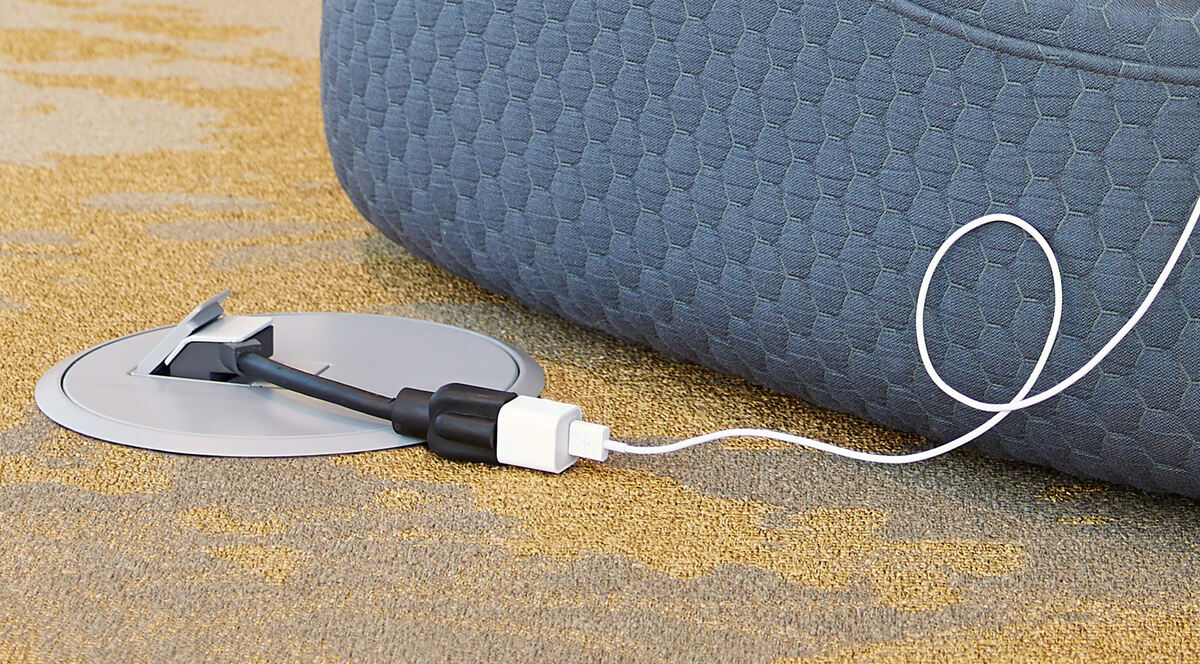

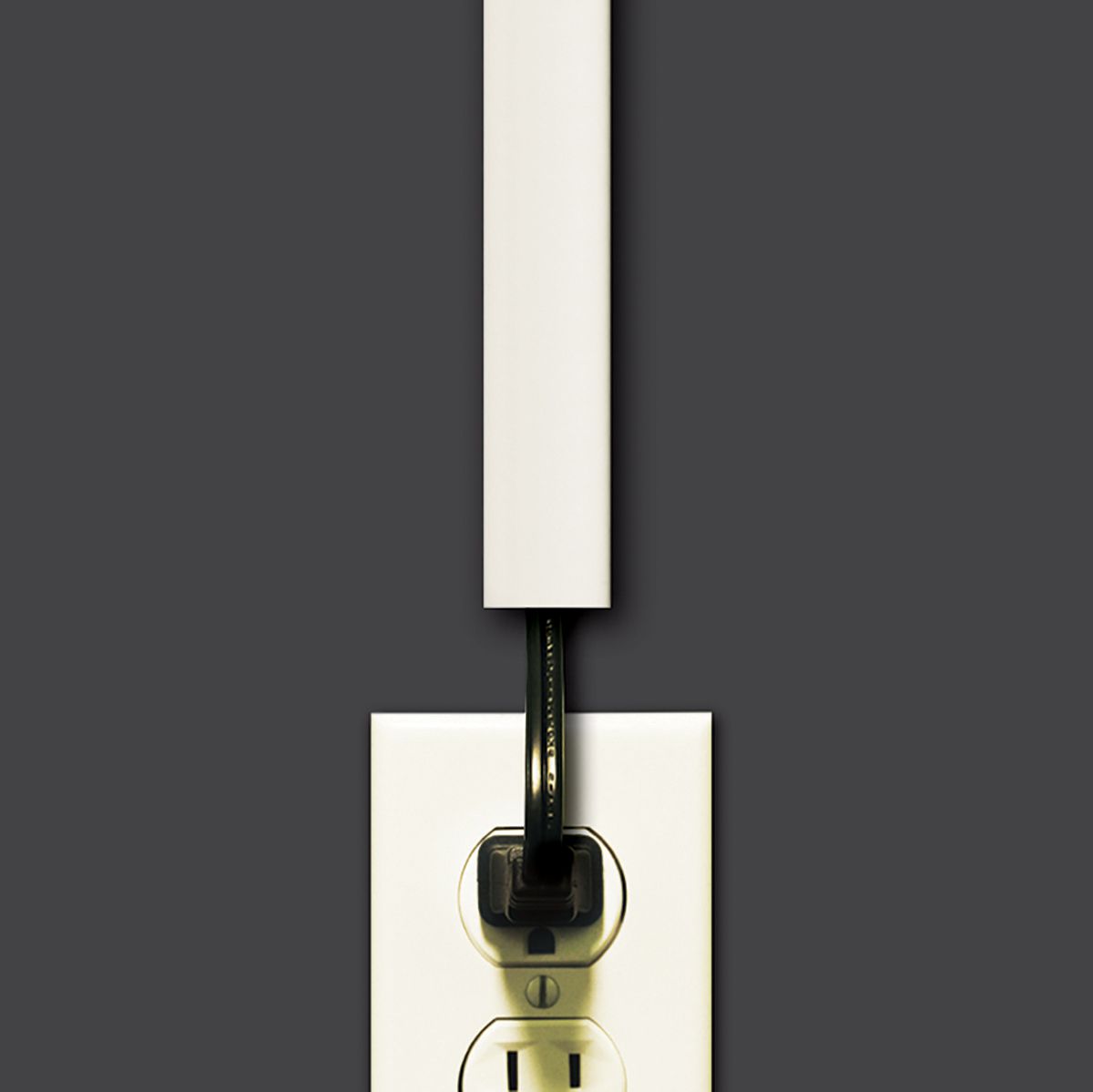
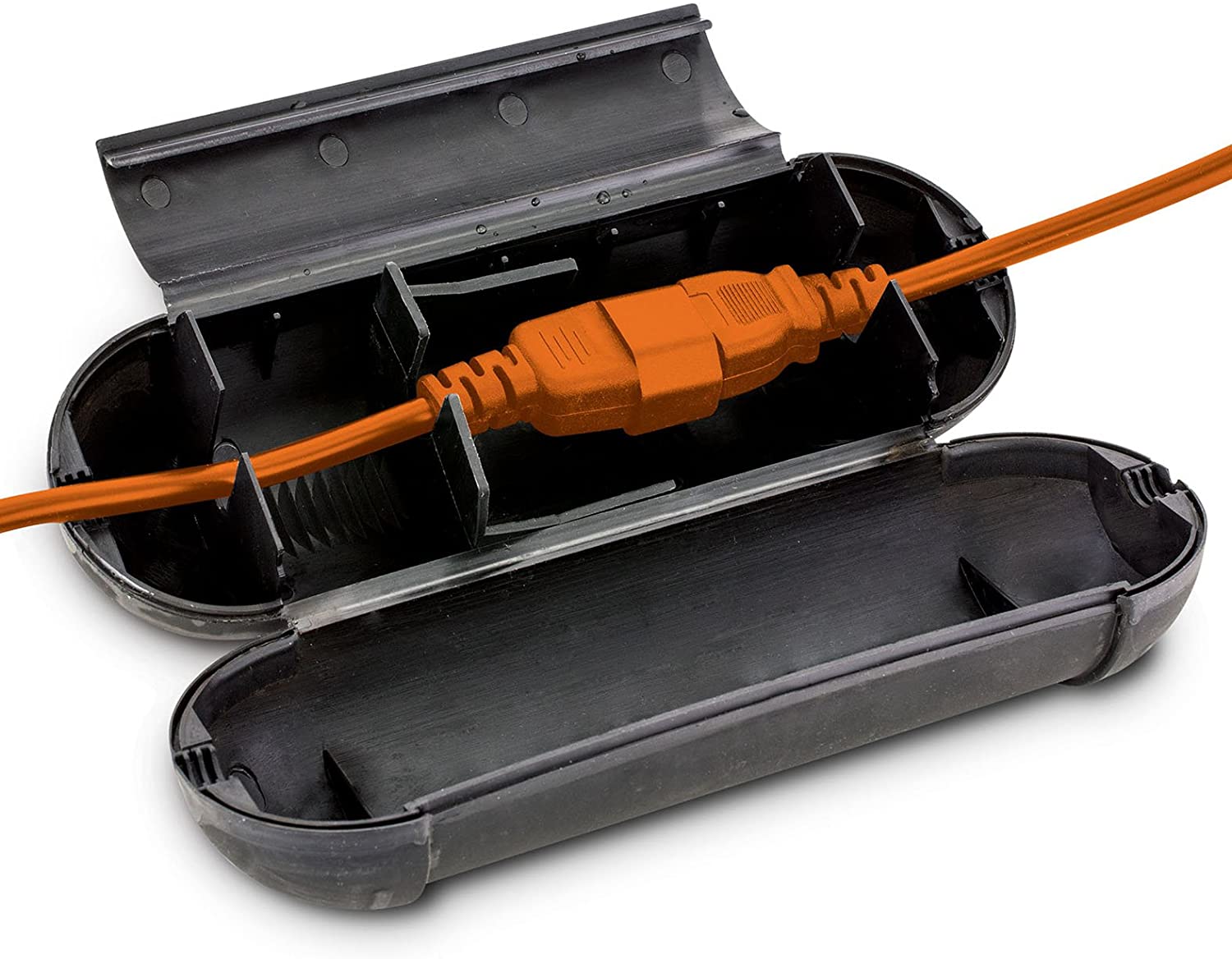
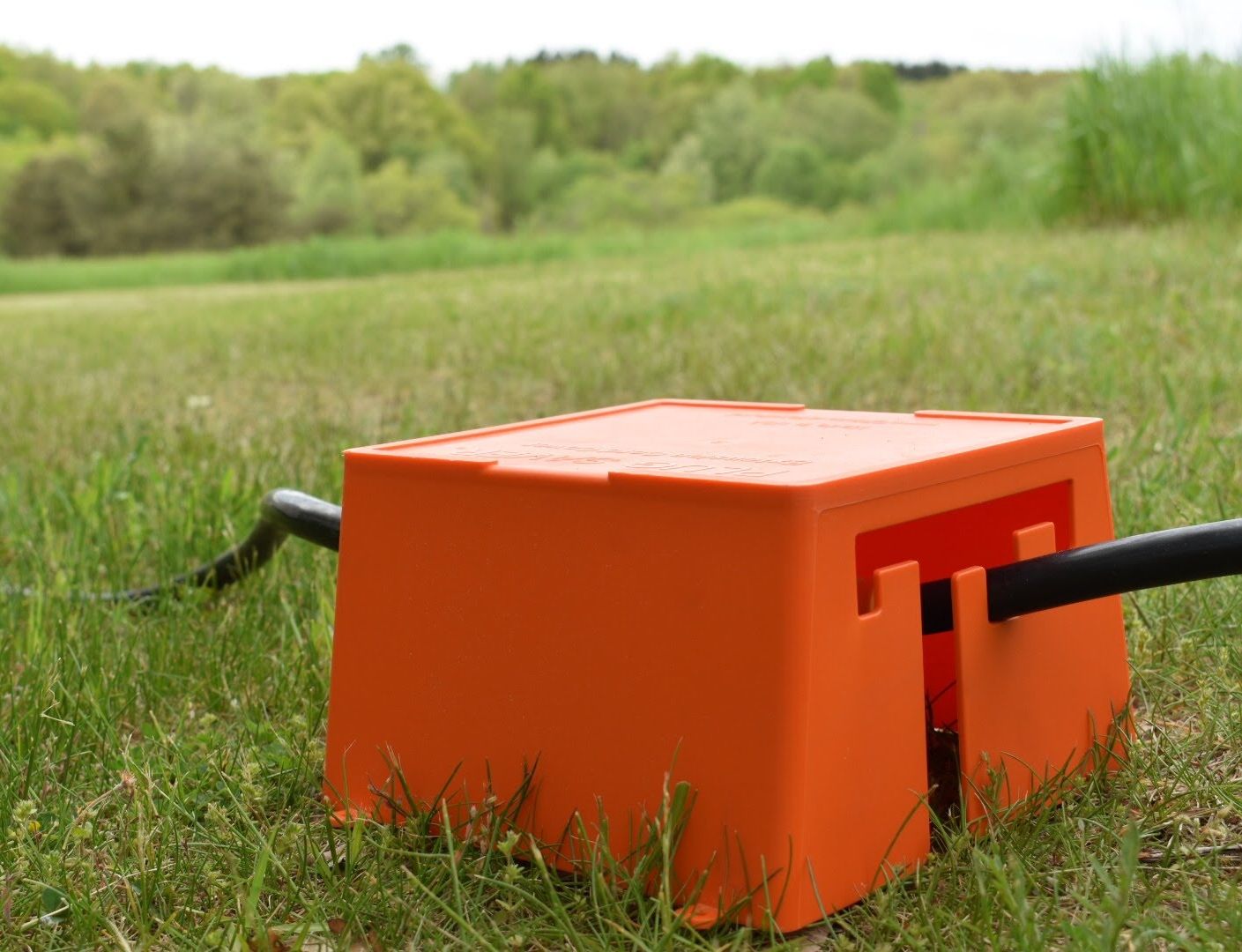

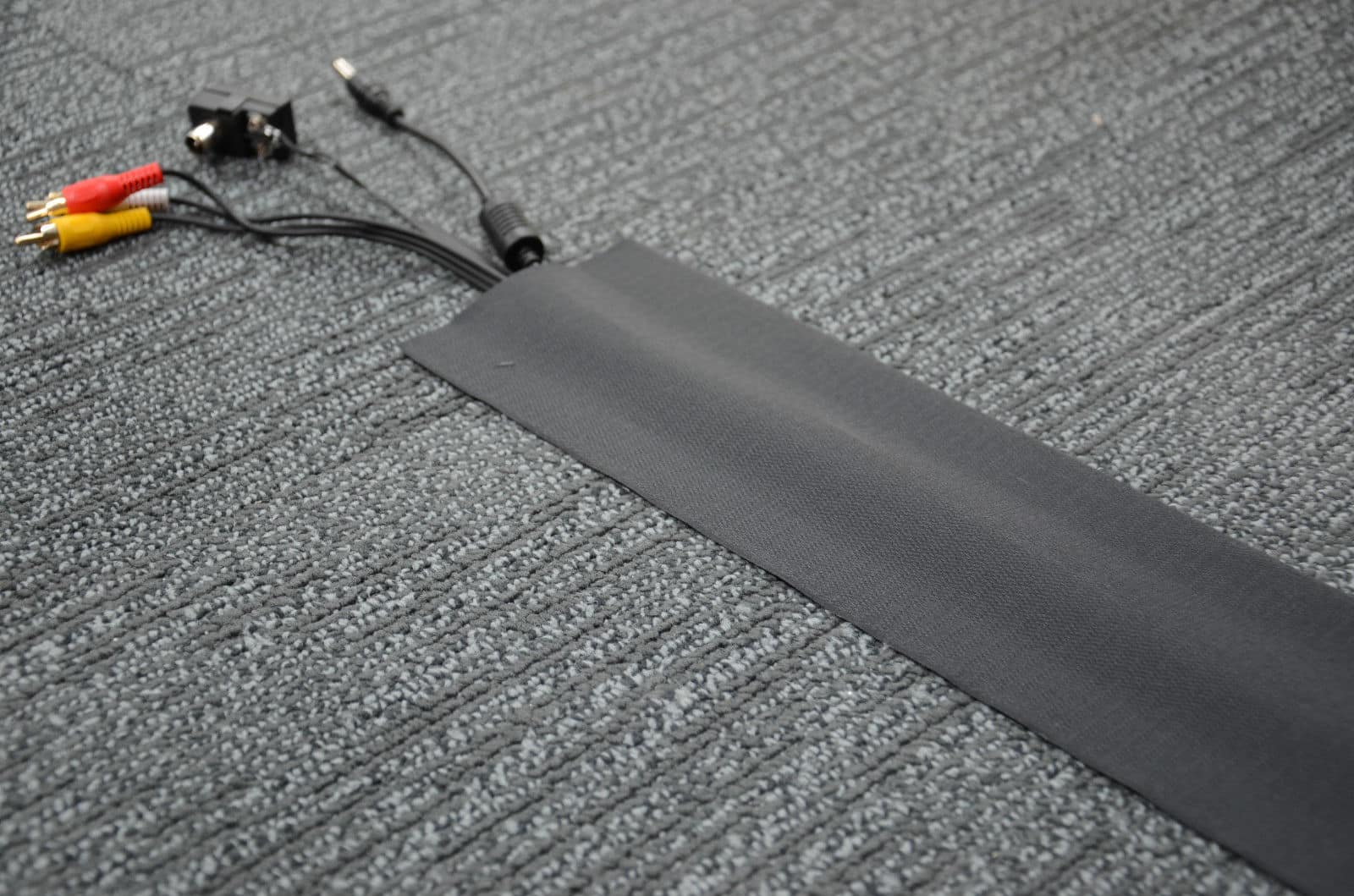
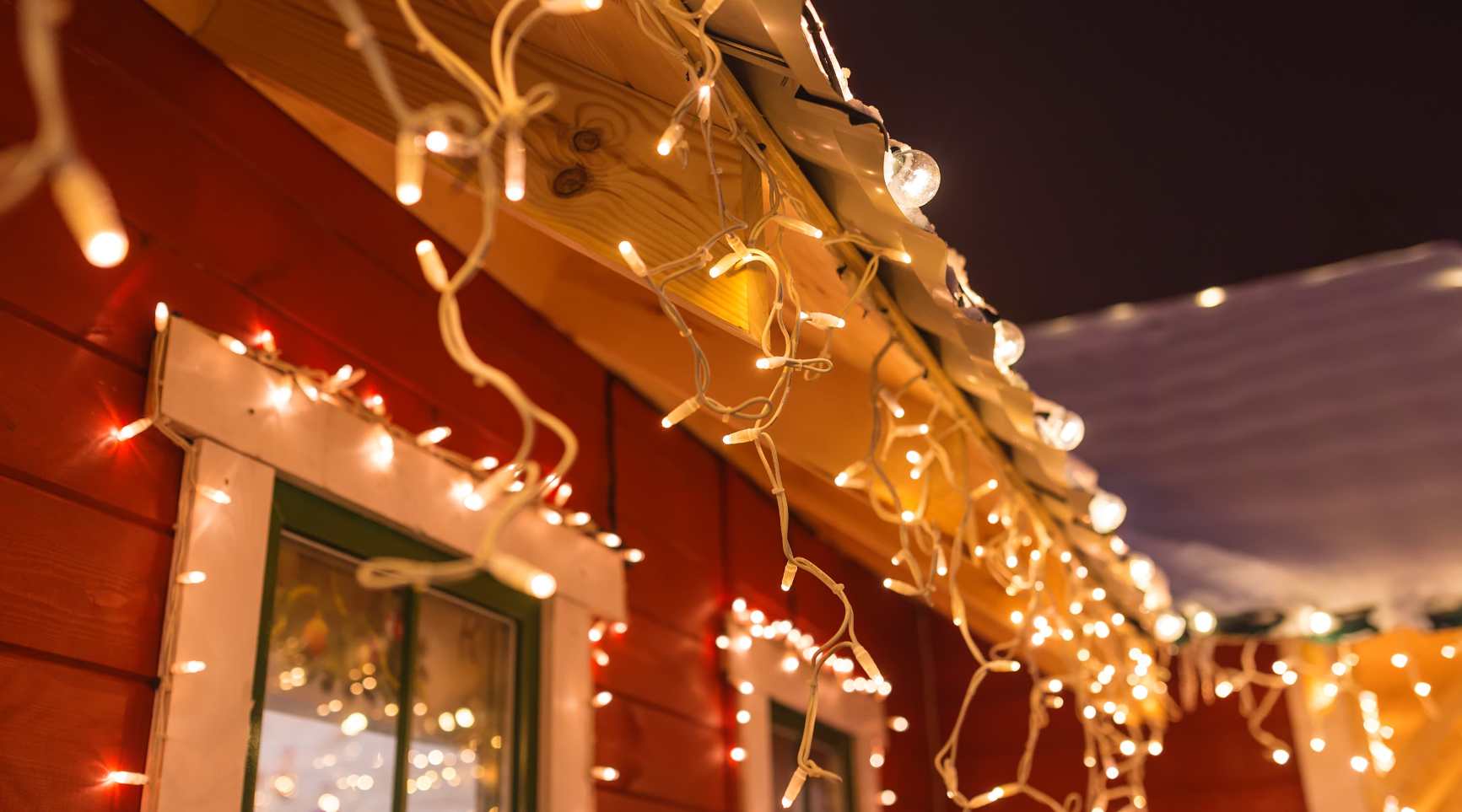
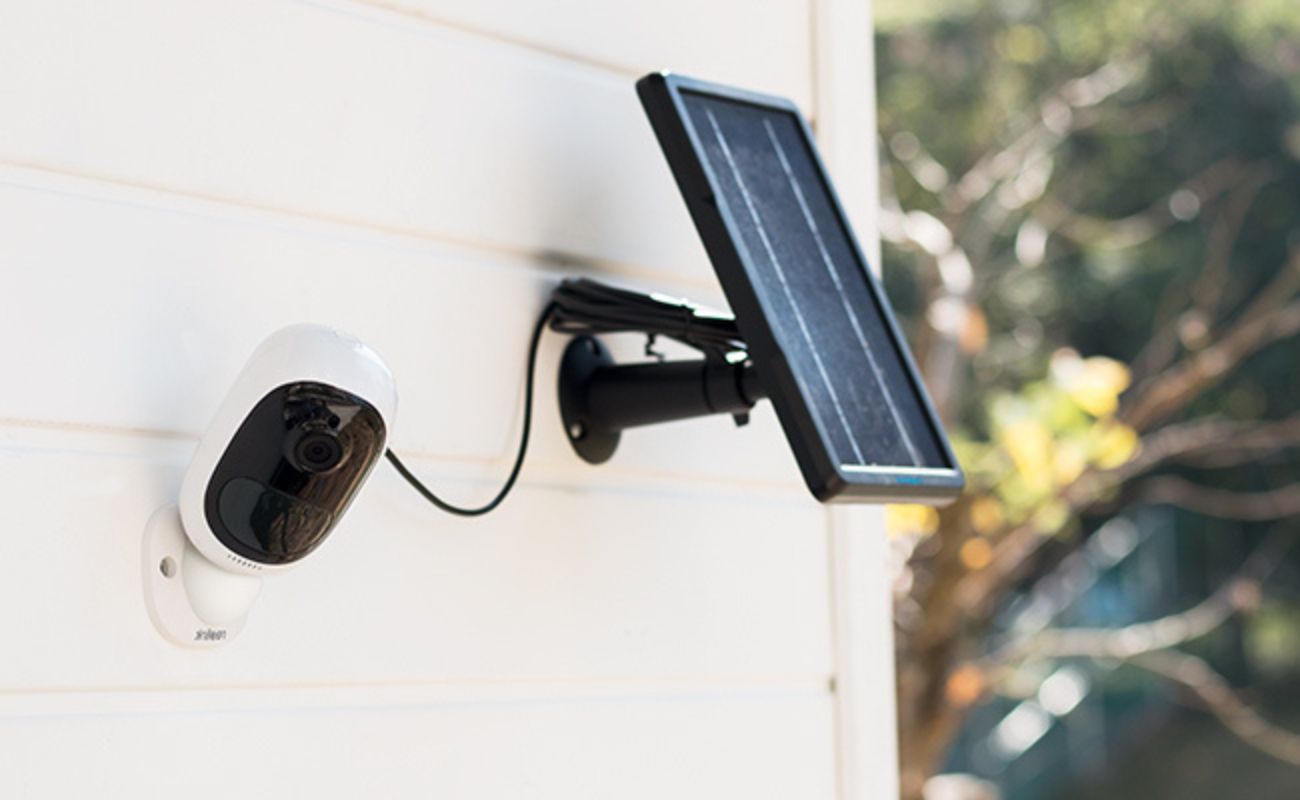
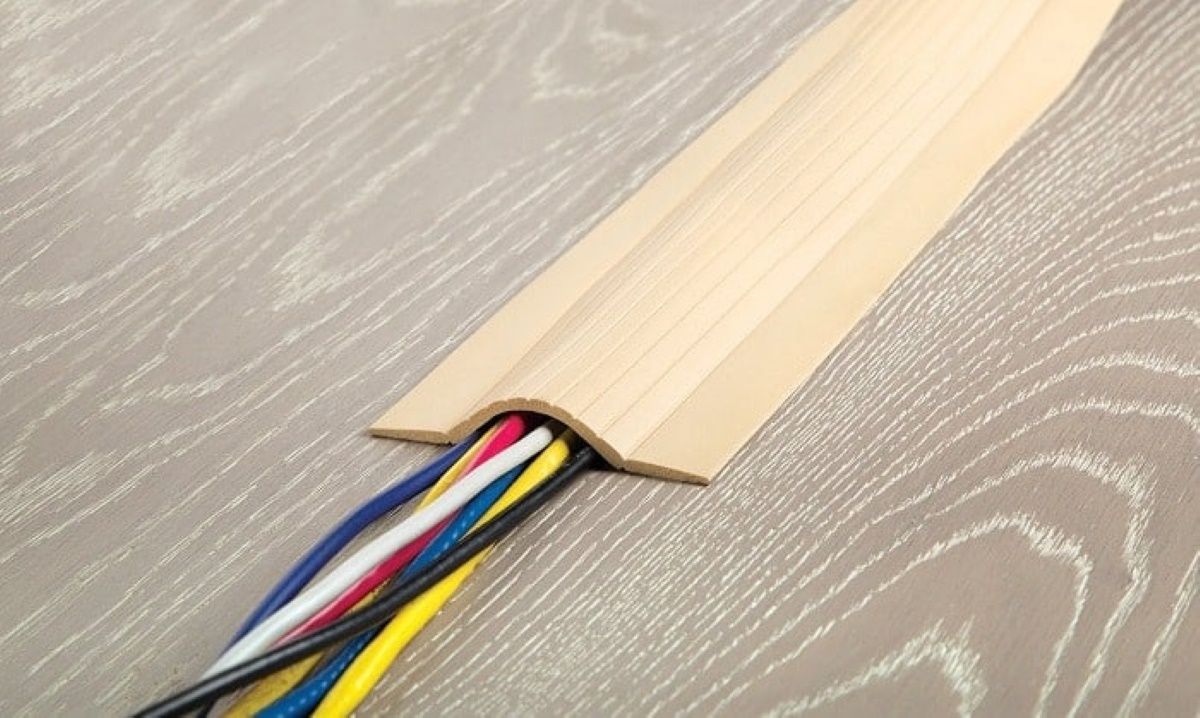

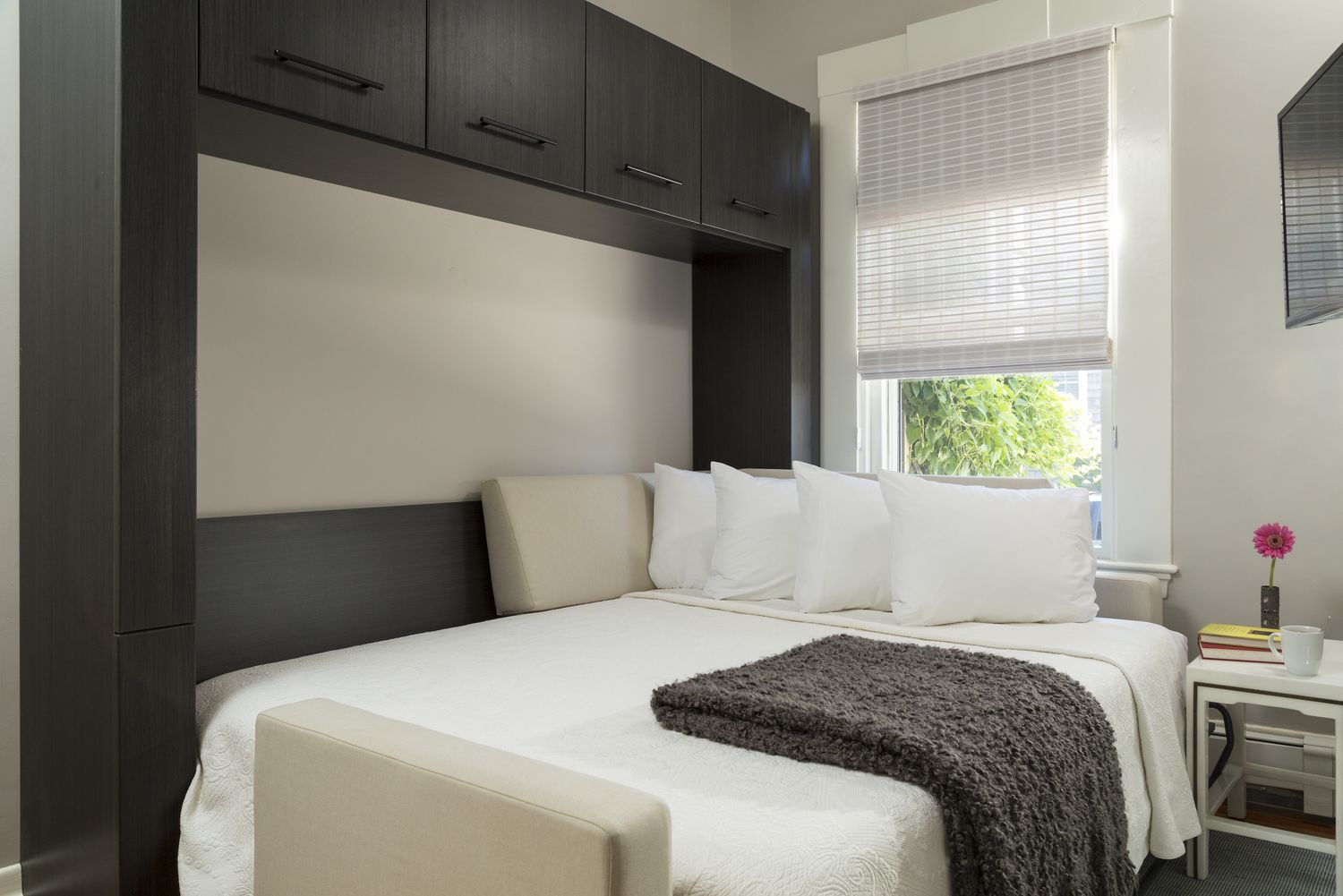

0 thoughts on “How To Hide Cords On Floor”